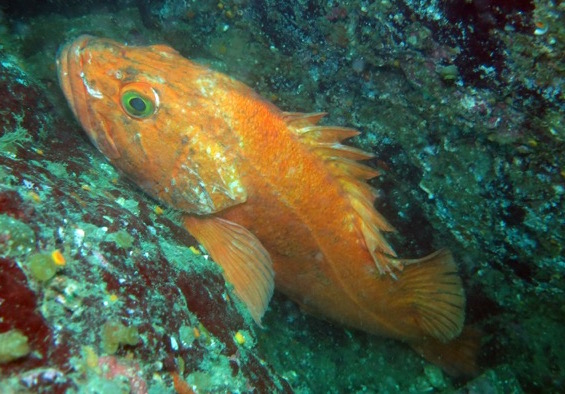By Bob Friel
Every two years, SeaDoc scientists catalog all of the Salish Sea species that are listed as endangered or otherwise considered at-risk by the four governmental bodies charged with protecting the inland sea’s wildlife. Before we launched our biennial study back in 2002, no one was comparing the lists maintained at the U.S. federal level (via NOAA and the US Fish and Wildlife Service), locally by Washington State agencies, and across the border by both the province of British Columbia and the Canadian federal government.
Surprisingly, each of the four lists is very different, making SeaDoc’s Marine Species at Risk compilation an invaluable tool for ecosystem managers on both sides of the border. According to Cecilia Wong and Michael Rylko of Environment Canada and the US Environmental Protection Agency, respectively, and co-chairs of the Transboundary Ecosystem Indicators Project, SeaDoc’s work “provides a unique, long-term perspective on the Salish Sea, and fosters multilateral collaboration toward restoration and conservation.”
Since our study looks at the status of fish, mammals, birds, and invertebrates throughout the Salish Sea, top to bottom, it offers a “state of the sea” view on the entire ecosystem relative to recovery efforts. Unfortunately, our most recent report shows the continuation of a troubling trend.
First the good news: Five natives were removed from the list, including Pacific ocean perch, the Georgia Strait population of coho salmon, the belted kingfisher, cackling goose, and snowy owl. The bad news is that over the last two years, 12 more animals, including the longfin smelt, gooseneck barnacle, and black-legged kittiwake, were added to the list, bringing the total to 125 species of concern. Disturbingly, this is the eighth straight study with more species hitting the list than graduating off it. As SeaDoc co-authors Jacquelyn Zier and Joe Gaydos conclude, this negative movement “suggests ecosystem recovery efforts are being outpaced by ecosystem decay.”
Listing species does bring the animals and their critical habitats more attention, but when it comes to restoring the overall health of the Salish Sea, these ever-expanding lists show that we’re still trying to bail out a leaking boat.







